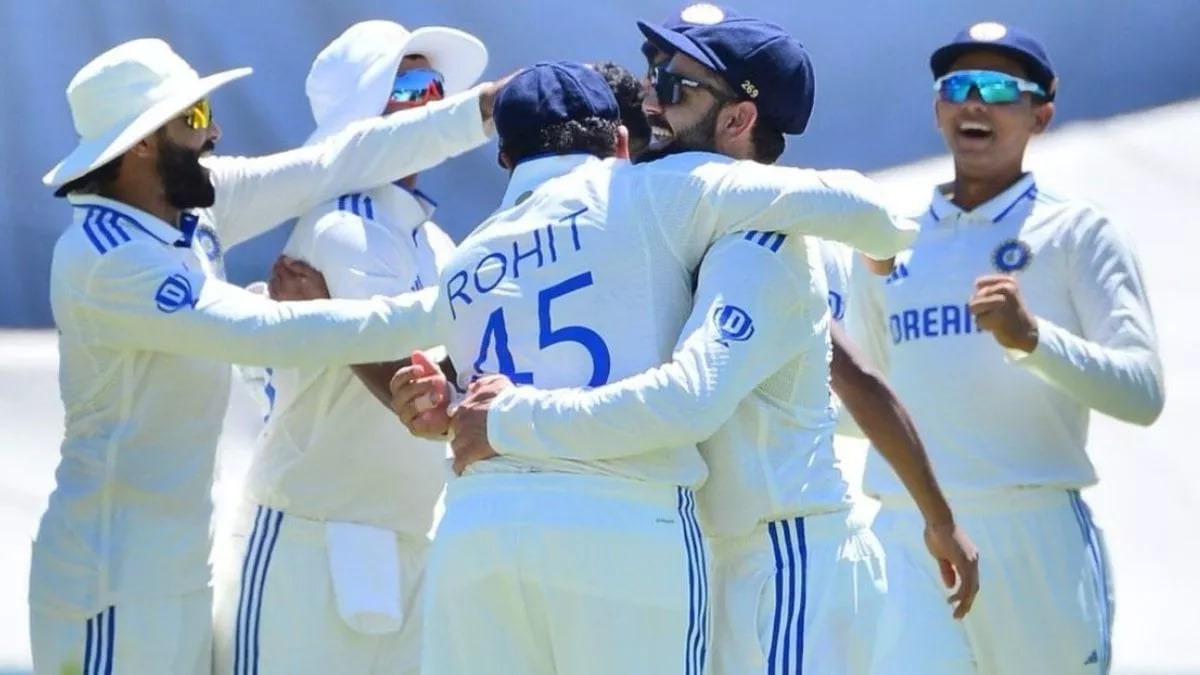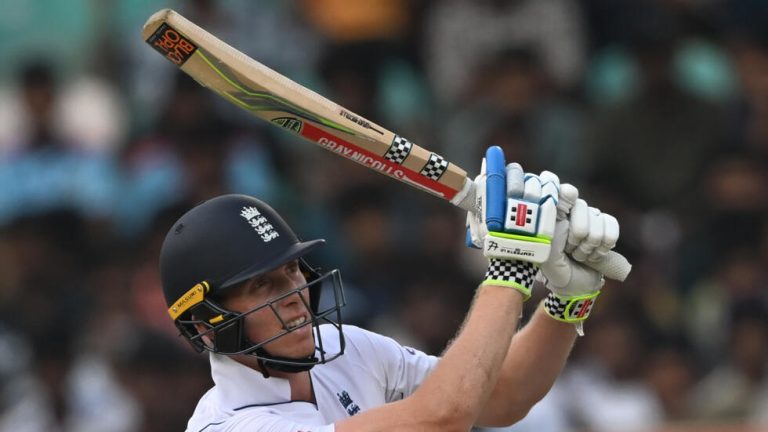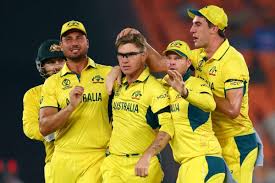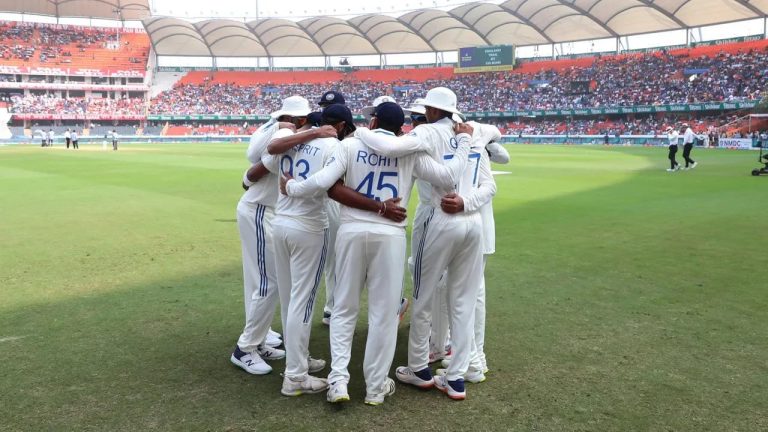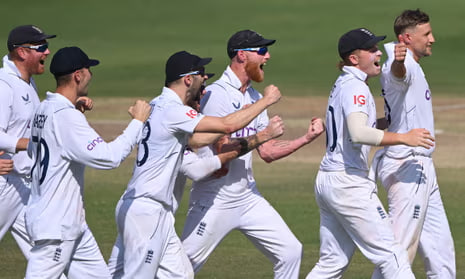147 years of Cricket History’s Five Shortest Test Matches
India’s victory over South Africa in the second Test match played in Cape Town on Thursday set numerous records, the most significant of which being that it was the shortest Test match ever played, lasting only 642 balls.
To determine a winner in the 147-year history of Test cricket, AFP examines the five shortest matches.
India vs. South Africa, 2024, 642 balls
Ever since Australia and England met in Melbourne in 1877, 2,522 Test matches have been played, including the one at Newlands. It was the shortest as well.
On the first day, South Africa lost 23 wickets and were bowled out for just 55 before lunch after choosing to bat first. After losing their final six wickets for just six runs, India was eventually dismissed for 153.
In the second time, the Proteas played a somewhat better match thanks to a fantastic century from Aiden Markram. However, India scored a quick seven wickets to win the match in just 107 overs.
Australia vs. South Africa, 1935, 656 balls
The previous record-holding match at the Melbourne Cricket Ground featured South Africa as well, who were dismissed for a combined total of 81 in their two innings.
South Africa was skittled again for 45 in the second innings after being all out for 36 in the first in 23.2 overs, with Bert Ironmonger delivering figures of five wickets for six runs.
Surprisingly, Australia triumphed by an innings and 72 runs against a team that was bowled for just 153 at Newlands, exactly the same as India.
England against. West Indies, 1935, 672 balls
The only batters to reach forty were George Headley and Wally Hammond, as England defeated the West Indies four wickets to one in January 1935 in Bridgetown. It was an odd encounter, with both sides announcing their intentions to take advantage of the bowler-friendly conditions.
In their first innings, England declared on 81-7, eager to force the West Indies back into the game on a ground that was quickly losing its quality after bowling out the host team for 102.
Following suit, the West Indies declared at 51-6 in 19 overs, giving England 75 to win.
England chose to deploy their lower-order batsmen first to handle the new ball, strategically positioning Hammond at number seven. Hammond, who contributed 43 runs in the initial innings, played a crucial role in guiding England to victory with an unbeaten 29.
Australia vs. England, 1888, 788 balls
In the 1888 Ashes, England defeated Australia in an innings at Old Trafford thanks to a top score of 38 by WG Grace.
Australia responded with 32-2 after England made 172 on a solid first day.
Rainfall during the night on the untended field, which was exposed to the Manchester heat, created an opening for left-arm spinner Bobby Peel. Peel thoroughly destroyed the Australians, tearing them apart with scores of 7-31 and 4-37 before they were bowled out for 81 and 70.
Australia vs. England, 1888, 792 balls
Only six weeks prior, Australia dominated England at Lord’s, securing a 61-run victory in a Test match that witnessed 27 wickets tumble on the second day – a record for the most wickets in a single day of Test cricket.
After posting a modest 116 in their first innings, the Australians capitalized on a damp and lively pitch to dismiss England for a mere 53. Australia’s own batting display wasn’t significantly better, managing only 60 runs. However, England struggled to reach the 124-run target as Charlie Turner claimed his second five-wicket haul of the match, bowling them out for just 62 in 47.4 overs. Once again, Grace emerged as the top-scorer with 24 runs.

